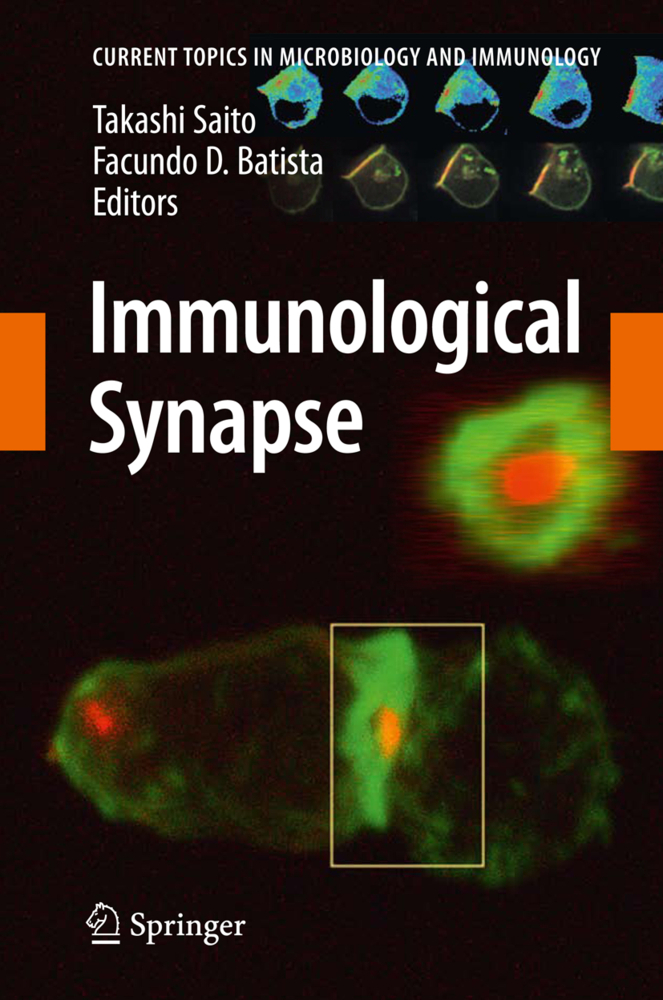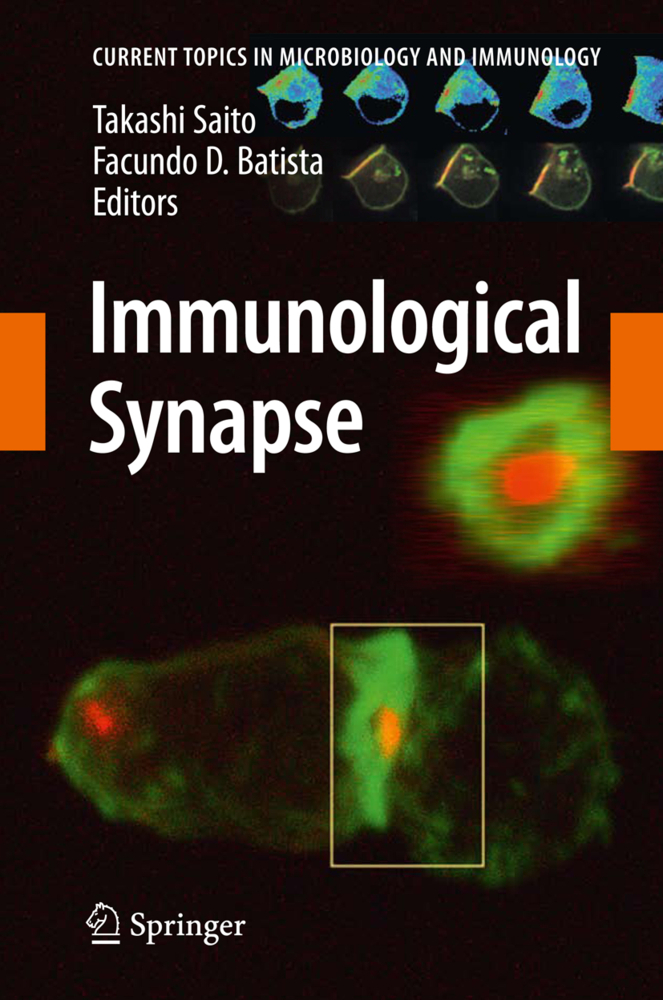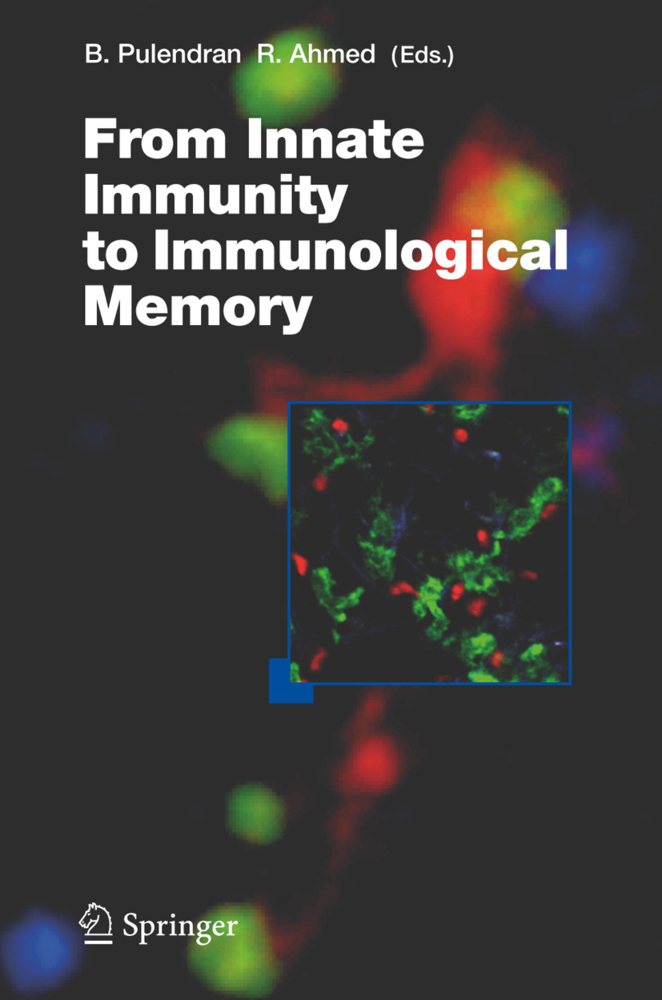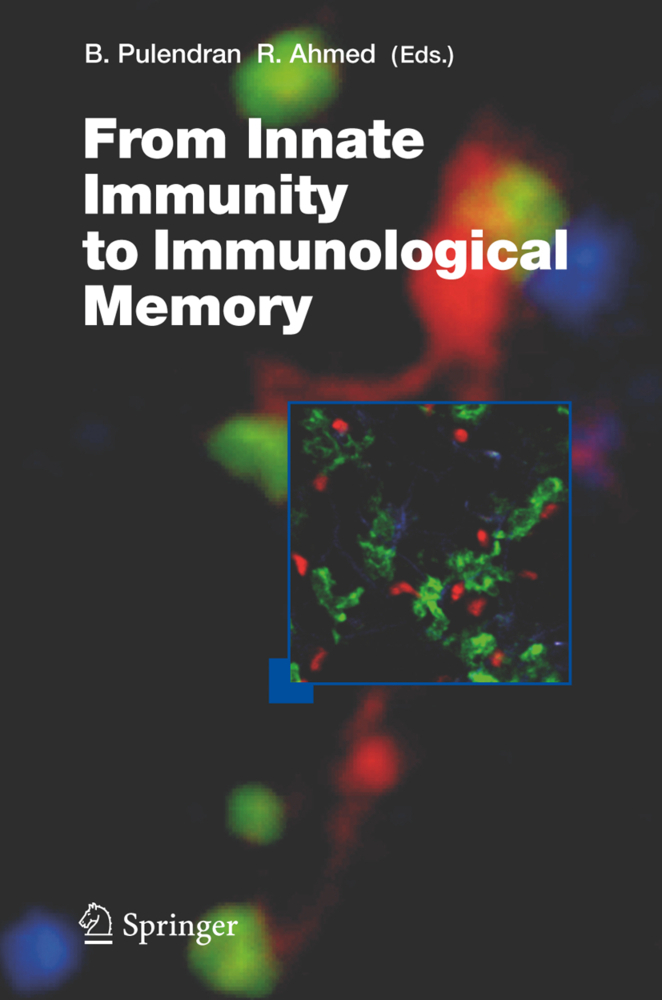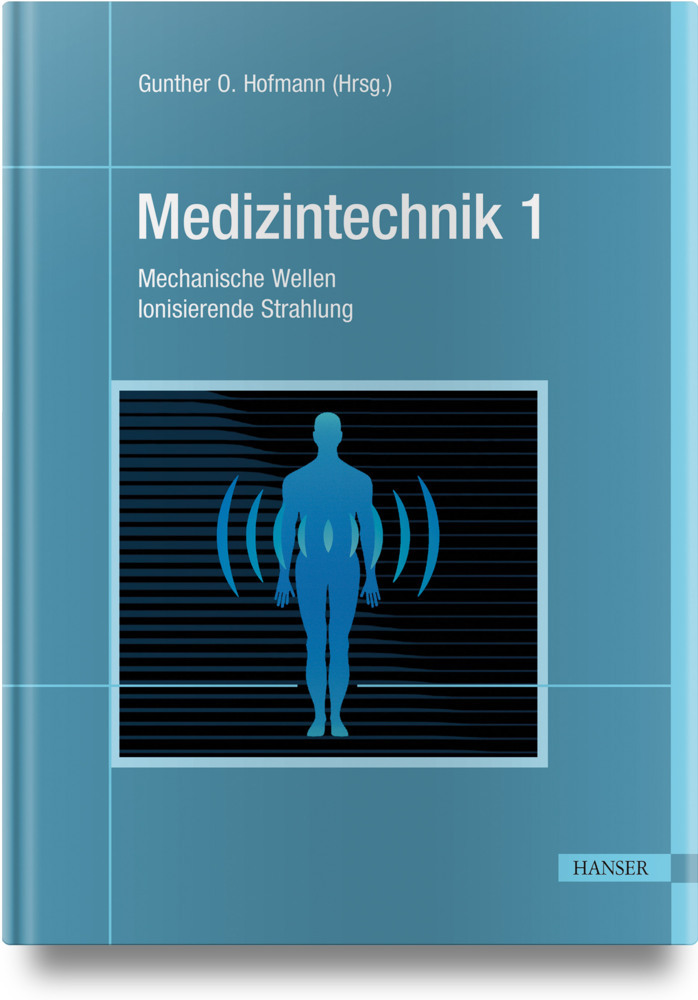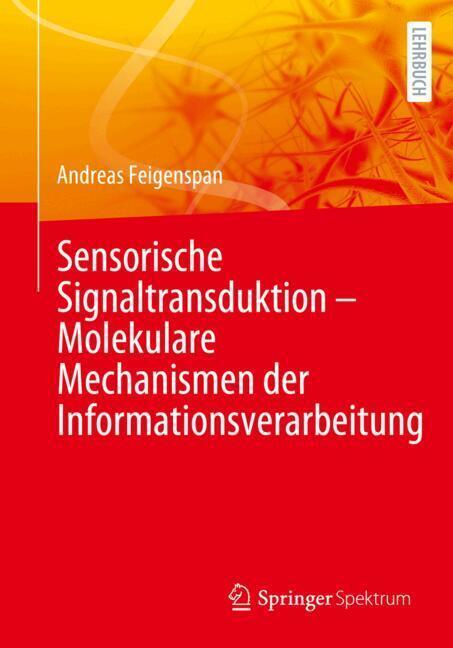Immunological Synapse
Immunological Synapse
The proper physiological functioning of most eukaryotic cells requires their assembly into multi-cellular tissues that form organized organ systems. Cells of the immune system develop in bone marrow and lymphoid organs, but as the cells mature they leave these organs and circulate as single cells. Antigen receptors (TCRs) of T cells search for membrane MHC proteins that are bound to peptides derived from infectious pathogens or cellular transformations. The detection of such speci?c peptide-MHC antigens initiates T cell activation, adhesion, and immune-effectors functions. Studies of normal and transformed T cell lines and of T cells from transgenic mice led to comprehensive understanding of the mole- lar basis of antigen-receptor recognition and signaling. In spite of these remarkable genetic and biochemical advances, other key physiological mechanisms that par- cipate in sensing and decoding the immune context to induce the appropriate cellular immune responses remain unresolved. TCRrecognition is tightly regulated to trigger sensitive but balanced T cell responses that result in the effective elimination of the pathogens while minimizing collateral damage to the host. The sensitivity of TCR recognition has to be properly tempered to prevent unintended activation by self-peptide-MHC complexes that cause autoimmune diseases. It is likely that once the TCR is engaged by a peptide- MHC and TCR signaling begins, additional regulatory mechanisms, involving other receptors, would increase the ?delity of the response.
Molecular and Cellular Dynamics at the Early Stages of Antigen Encounter: The B-Cell Immunological Synapse
Inhibitory and Regulatory Immune Synapses
The Immunological Synapse, TCR Microclusters, and T Cell Activation
Signaling Amplification at the Immunological Synapse
Multiple Microclusters: Diverse Compartments Within the Immune Synapse
A Conformation-Induced Oligomerization Model for B cell Receptor Microclustering and Signaling
Co-Receptors and Recognition of Self at the Immunological Synapse
Vesicle Traffic to the Immunological Synapse: A Multifunctional Process Targeted by Lymphotropic Viruses
Plasticity of Immunological Synapses
APC, T Cells, and the Immune Synapse.
Insights into Function of the Immunological Synapse from Studies with Supported Planar Bilayers
Immunological Synapses Within Context: Patterns of Cell-Cell Communication and Their Application in T-T InteractionsMolecular and Cellular Dynamics at the Early Stages of Antigen Encounter: The B-Cell Immunological Synapse
Inhibitory and Regulatory Immune Synapses
The Immunological Synapse, TCR Microclusters, and T Cell Activation
Signaling Amplification at the Immunological Synapse
Multiple Microclusters: Diverse Compartments Within the Immune Synapse
A Conformation-Induced Oligomerization Model for B cell Receptor Microclustering and Signaling
Co-Receptors and Recognition of Self at the Immunological Synapse
Vesicle Traffic to the Immunological Synapse: A Multifunctional Process Targeted by Lymphotropic Viruses
Plasticity of Immunological Synapses
APC, T Cells, and the Immune Synapse.
Saito, Takashi
Batista, Facundo D.
| ISBN | 978-3-642-26185-5 |
|---|---|
| Artikelnummer | 9783642261855 |
| Medientyp | Buch |
| Copyrightjahr | 2012 |
| Verlag | Springer, Berlin |
| Umfang | XV, 255 Seiten |
| Abbildungen | XV, 255 p. 30 illus., 25 illus. in color. |
| Sprache | Englisch |

